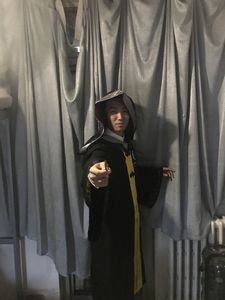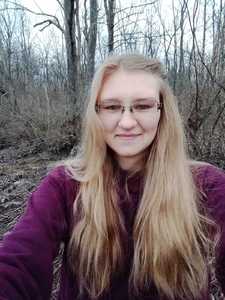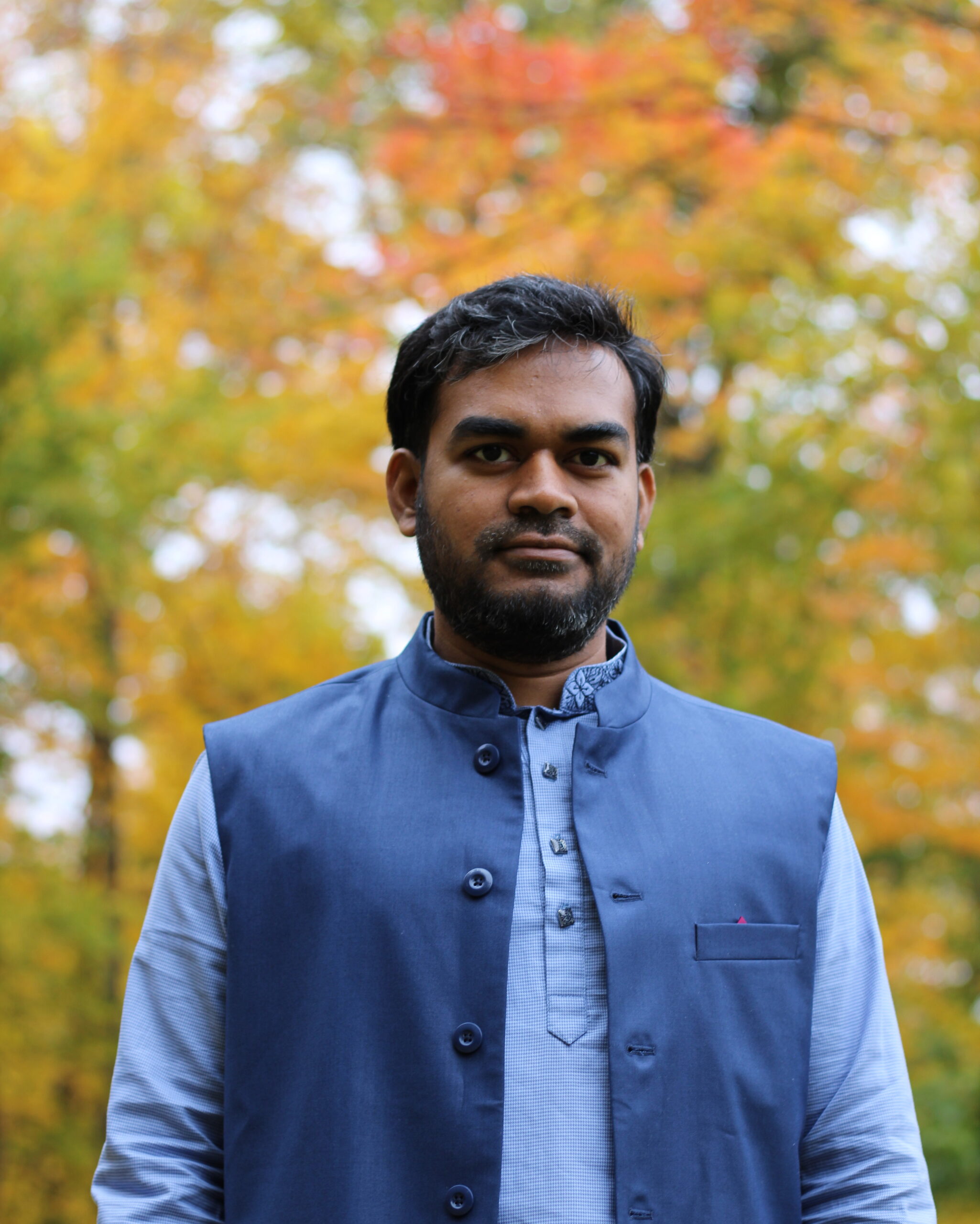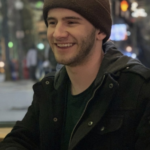The University of Wisconsin–Madison Department of Physics is pleased to host the second-annual Physics Department Special Colloquium for Graduate Student Research on Friday, April 5, 2024!
Colloquium Agenda
| Time | Speaker/Event | Location | Presentation Title | ||
| 1:00 PM – 2:00 PM | Undergraduate Poster Sessions | Chamberlin Hall Lobby | Nathan Wagner, Ruben Aguilo Schuurs, Lewis Ballard, Caleb Youngwerth, M Clark, Lucy Steffes | ||
| 1:30 PM – 4:15 PM | Refreshments available | Chamberlin Hall Lobby | |||
| 2:30 PM | Welcome | 2241 Chamberlin | Mark Eriksson, UW Physics Department Chair | ||
| 2:35 PM | Puxin Lin | 2241 Chamberlin | Charged radiation of extremal black holes | ||
| 2:55 PM | Joy Hasan | 2241 Chamberlin | Theory of superconducting diode effect in helical superconductors | ||
| 3:15 PM | Paul Buttles | 2241 Chamberlin | Winning for Losing: Quantum Parrondo’s Paradox | ||
| 3:35 PM | Julia Sheffler | 2241 Chamberlin | Searching for Young, Nearby Alien Worlds | ||
| 3:55 – 4:15 PM | Reception | Chamberlin Hall Lobby | |||
 Puxin Lin
Puxin Lin
Physics PhD Student
Research Advisor: Prof. Gary Shiu
Joy Hasan
Physics PhD Student
Research Advisor: Alex Levchenko
Paul Buttles
MSPQC Student

Julia Sheffler
Physics PhD Student
Research Advisor: Prof. Melinda Soares-Furtado
Charged Radiation of Extremal Black Holes
Extremal black holes are intriguing objects exhibiting both strong gravitational and quantum effects – they are test beds for a consistent theory of quantum gravity. Radiation processes open up channels for black holes to decay, revealing information of the black holes and bounds on the underlying theory, while also creating possible signals for observations. In this talk, I will introduce the radiation and decay of black holes and their implications.
Theory of Superconducting Diode Effect in Helical Superconductors
In helical superconductors where both time reversal and inversion symmetries are broken, the supercurrent is nonreciprocal: the superconductor is superconducting in one direction and resistive in the other. We study the Ginzburg-Landau (GL) theory of this superconducting diode effect in planar helical Rashba superconductors where time reversal symmetry is broken by the external magnetic field and the inversion symmetry is broken by the combined effect of Rashba type spin-orbit interaction and asymmetry of the crystal potential in the direction perpendicular to the two-dimensional plane. We derive the analytical expression of the superconducting diode coefficient proportional to the difference in the magnitude of the nonreciprocal critical currents to leading order in magnetic field and correct previous theoretical works where the GL free energy was not expanded properly in powers of the superconducting order parameter and the Cooper pair momentum to include relevant terms resulting in incorrect prediction of the superconducting diode effect.
Winning for Losing: Quantum Parrondo’s Paradox
Parrondo’s Paradox is a counterintuitive result from classical game theory in which two losing games are combined to form one winning strategy. In quantum game theory, it has been demonstrated that quantum mechanical effects can be employed to construct variants of the paradox not possible classically. Here, we present a novel quantum Parrondo game that specifically makes use of entanglement to produce a winning strategy. We demonstrate that this effect persists even when strategies are selected at random.
Searching for Young, Nearby Alien Worlds
We have a solid foundation for how life functions on Earth, but we can make only educated guesses about life on other planets. As missions such as Kepler and the Transiting Exoplanet Survey Satellite (TESS) discover more and more planets outside our solar system, we begin to study exoplanets, and the life they may support, more directly. The star HD 63433 is a bright, nearby, and young (~400Myr) host to three planets, including the nearest detected Earth-sized planet (HD 63433d), within the Ursa Major comoving group (UMa). Young planetary systems such as HD63433 form critical test cases for understanding planetary and stellar evolution. Yet, of the over 5500 confirmed planets, only about 70 are known to have ages less than 500Myr, motivating a comprehensive search of UMa members for planetary companions. Further constraining the membership and age of UMa provides contextual foundation for this young Earth-sized exoplanet and any future planets discovered within the UMa system.

